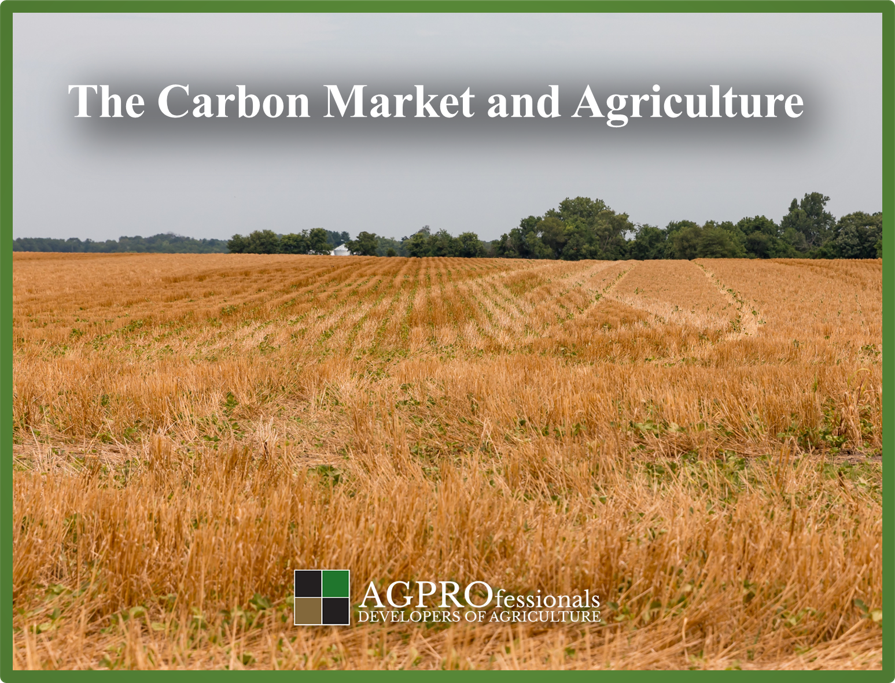The Carbon Market and Agriculture
There is growing interest in the emerging carbon market in the United States. Historically, participation in carbon markets has been directed toward traditional power-generating industries and energy refiners. The carbon market is now focusing on incentivizing landowners to sequester carbon.
Carbon Farming Techniques
Carbon farming encompasses adopting techniques to enhance the efficiency of carbon dioxide removal from the atmosphere, facilitating its conversion into plant material and organic matter within the soil. This approach includes a diverse range of agricultural methods specifically designed to capture atmospheric carbon and store it in the soil. Carbon programs involve making practice changes to improve the soil and generate additional revenue for farmers and ranchers. Some of the practices include reducing tillage, implementing cover crops, making changes to livestock grazing cycles, increasing biodiversity, and optimizing fertilizers. These carbon sequestration practices can bring about benefits such as heightened soil quality, increased resilience to shifting weather patterns, and, notably, financial compensation through the generation of carbon credits.
Carbon Players
The carbon farming market involves four key stakeholders: landowners, developers/registries, verifiers, and buyers. Supplementary contributors, including soil scientists, exchange firms, legal professionals, and project consultants, also play integral roles. Carbon farming developers are helpful intermediaries, particularly in securing access to registries for compiling carbon projects. Pertinent factors affecting carbon sequestration encompass soil types, storage options, and the assessment of Soil Organic Carbon (SOC), all of which hold significance in the context of the carbon market.
An Emerging Market
The carbon market is still a work in progress. Through collaboration with experts, participating in the carbon market can provide long-term advantages that could benefit future generations of farming families. With time, consistency, and improved methods and standards to oversee the carbon market, there is potential for more opportunities for farmers and ranchers. We advise keeping abreast of changes and developments in the carbon market so farmers, ranchers, and land investors can take advantage of the benefits and make informed decisions about participation in carbon programs.

